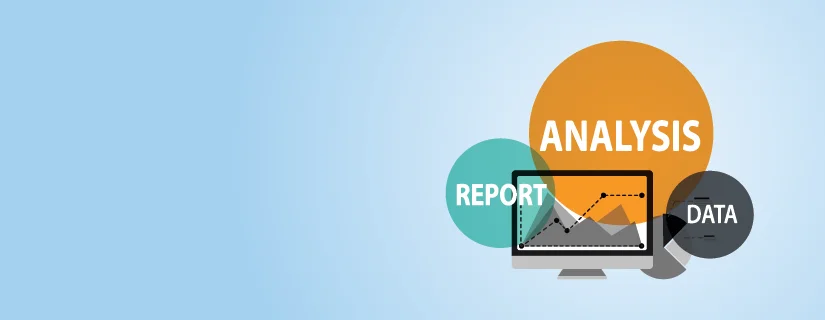The Role of Data Analytics in Digital Marketing
Imagine opening the door of a room of infinite possibilities: you see all conversations, trends, and behaviors playing out within that room in all their beautiful detail, connecting your audience into that tapestry. Now, imagine you possessed the key that could unlock it, transforming disorganized chaos and vague guesses into lucid precision: this is what data analytics does—transformation into digital marketing knowledge, strategy, and execution.
What Is Data Analytics in Digital Marketing?
At its heart, data analytics in digital marketing is the process through which data examination and interpretation takes place to serve improvement of marketing strategy and decision making.Data is gathered, collated, and analyzed across numerous online channels so as to identify patterns and behaviors among consumers in the campaigns undertaken and also general trends within the markets.
Marketers can, through data analytics:
- Identify trends: They understand how audiences behave, what they prefer, and how they relate to content.
- Campaign optimization: Real-time adjustment of marketing campaigns to maximize effectiveness.
- ROI measurement: Measuring whether a campaign generates value through tracking certain KPIs, such as click-through rates, conversions, or customer lifetime value.
What Are the Three Models of Marketing Analytics?
There are three types of marketing analytics models that make sense of data for marketers to use
Descriptive Analytics : This approach tries to explain what has happened in the past. It seeks to understand the basics and patterns and trends in historical data, thus providing context for current strategies.
Predictive Analytics : Predictive analytics uses advanced algorithms and machine learning to predict outcomes in the future. It would help marketers guess customer behavior, market shifts, and campaign performance.
Prescriptive Analytics : Prescriptive analytics is the most sophisticated model. While it predicts what will happen, it also indicates what should be done. Imagine having a road map to marketing goals.
Where Does the Data Come From?
All data analytics makes use of hundreds of sources with which to bring a comprehensive profile of the electronic world. However, here is a list to cite some of these most common origins:
Website Analytics : The tools like Google Analytics provide information regarding website traffic, user behavior, and conversion rates.
Social Media Platforms : Information on audience engagement and preferences drawn from platforms such as Facebook, Instagram, and LinkedIn.
Customer Relationship Management Systems : Such systems in CRM tools store customer interactions, purchase history, and demographics.
CPC Paid Campaigns : Platforms such as Google Ads, Meta Ads Manager, track impression, click, and conversion rates to yield Key Performance Metrics.
Third Party Data : Industry benchmarks and consumer insights can be sourced using external data providers to support first-party data.
In the fast-moving world of digital marketing, analytics goes beyond the use of mere tools-it creates strategic advantage for the business, making it more conversant not only with understanding their audience but also anticipating the nature of those interactions.
It is an approach that does not only help in amplifying marketing strategies but transform them for the better, as every campaign no longer resonates with impact but also with measurement. In the wake of the ever-evolving digital landscape, something will most definitely not change: data analytics will mean the keys to new opportunities and staying ahead.
Enquiry
Recent Updates
- 12 February 2025
- 12 February 2025
- 12 February 2025
- 12 February 2025
- 12 February 2025
- 12 February 2025






